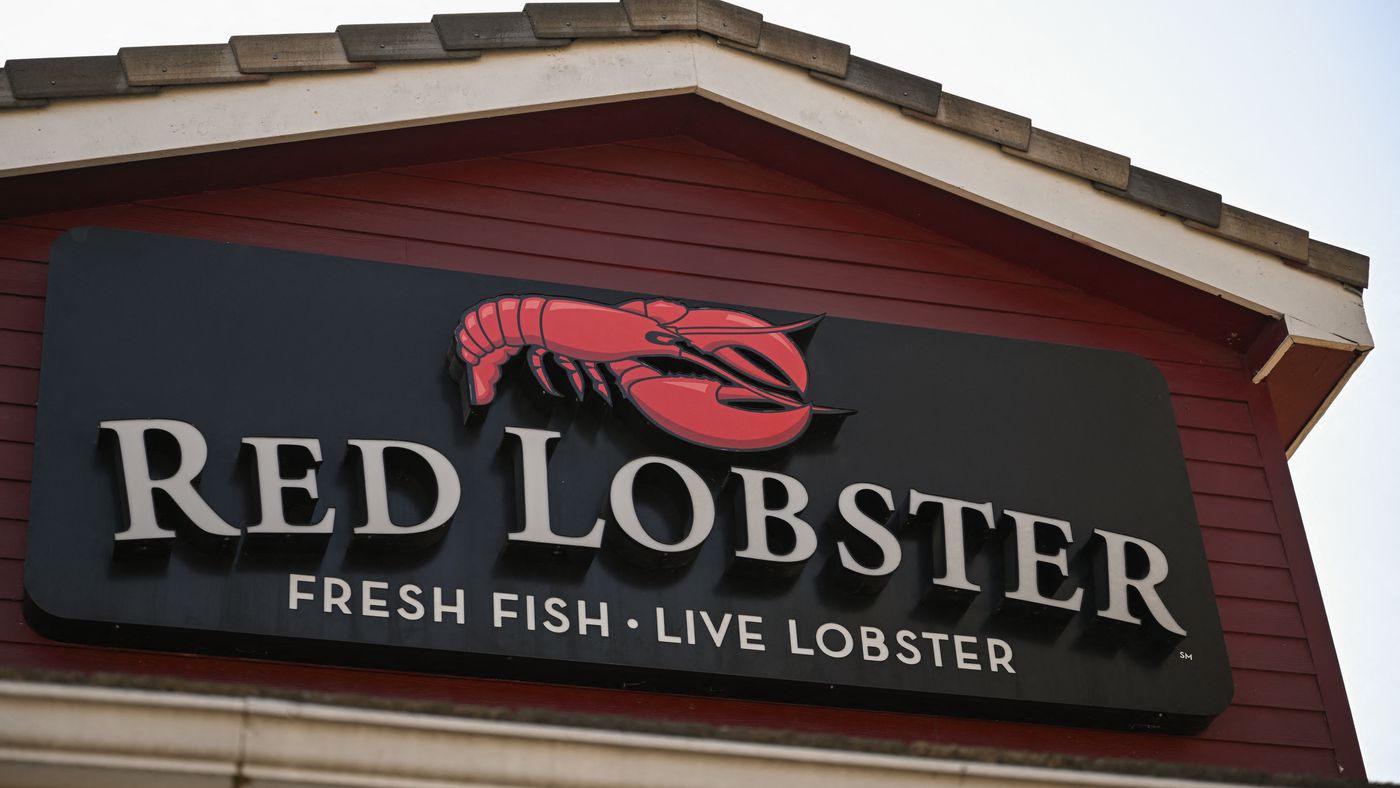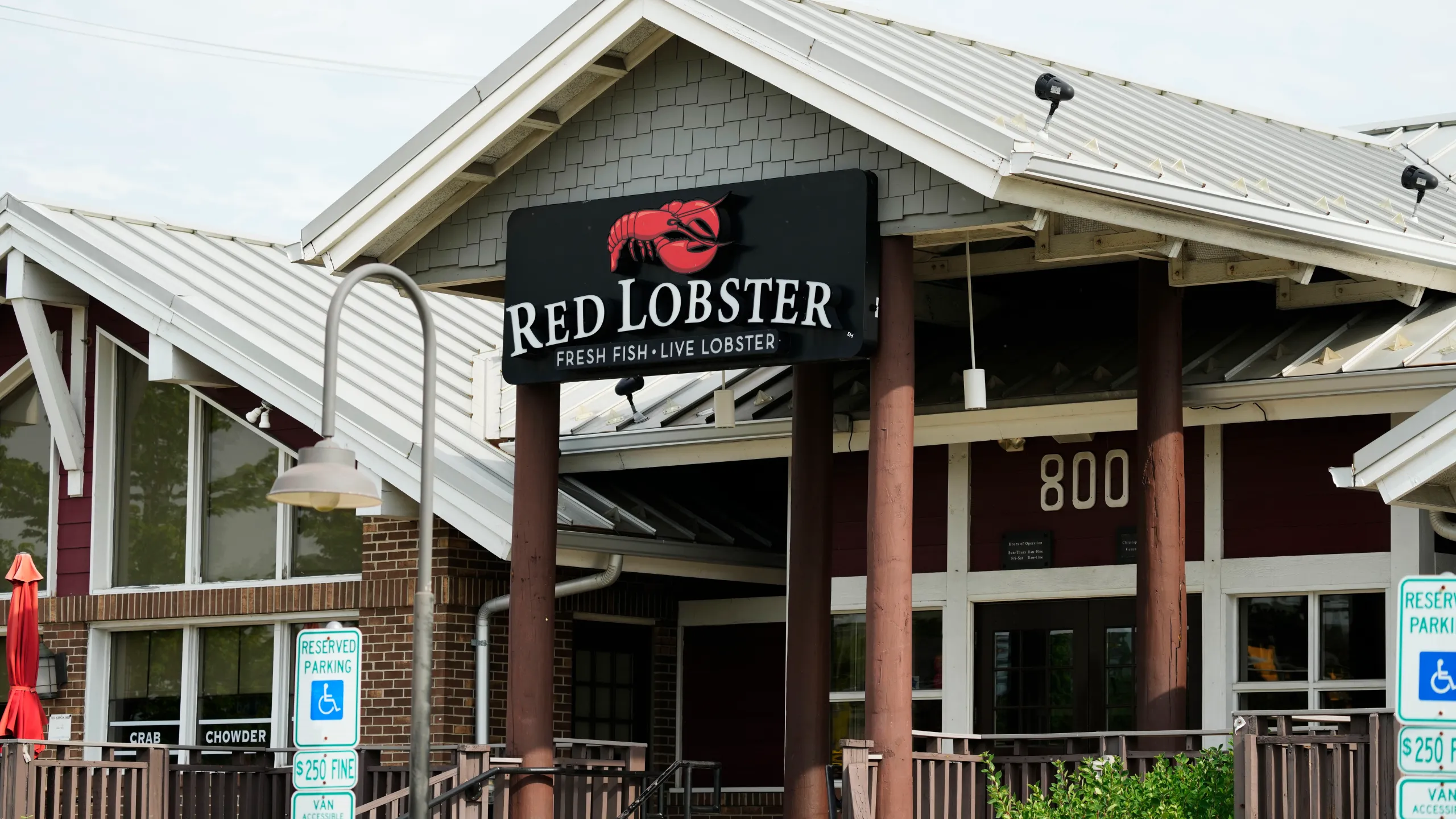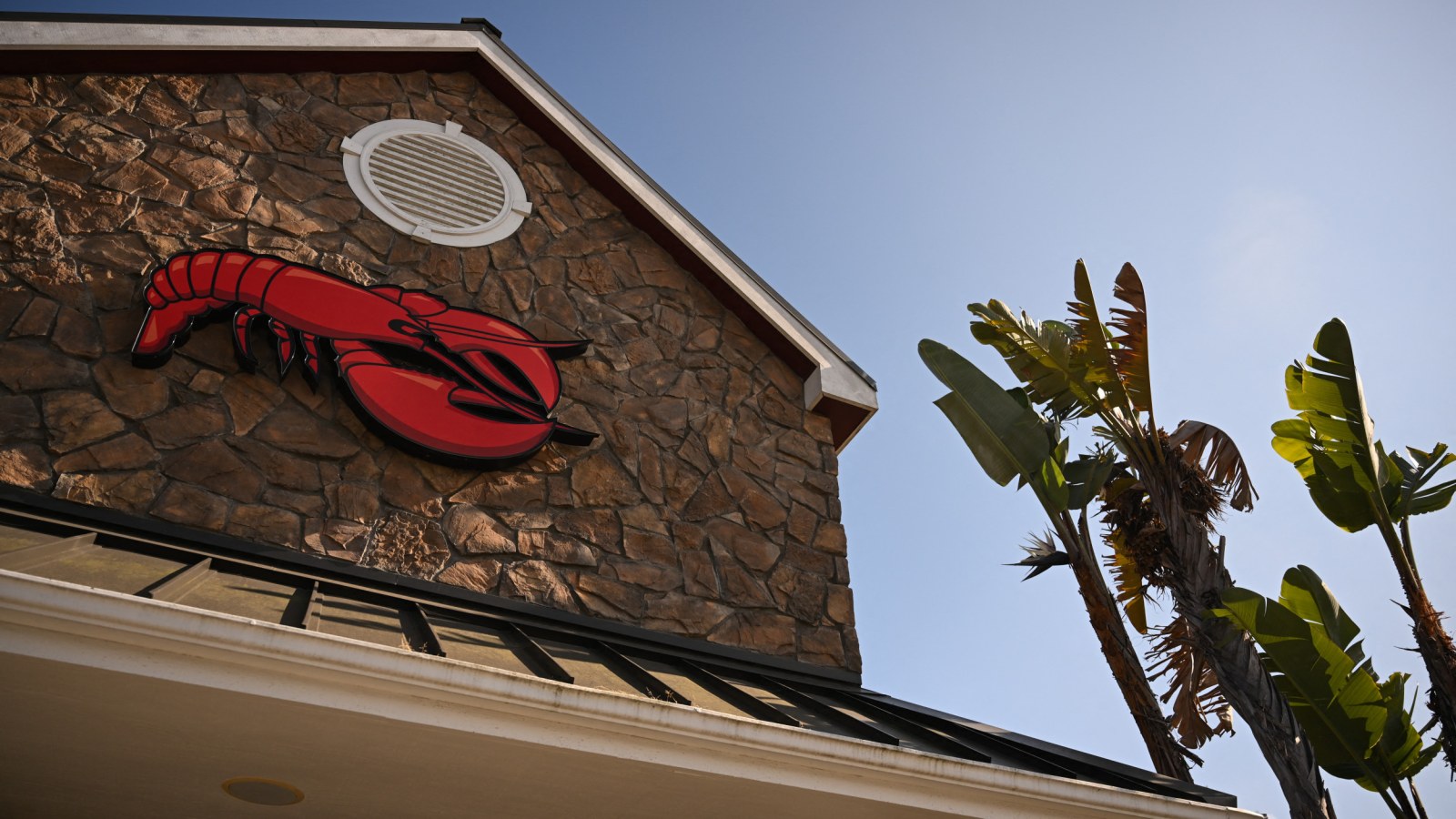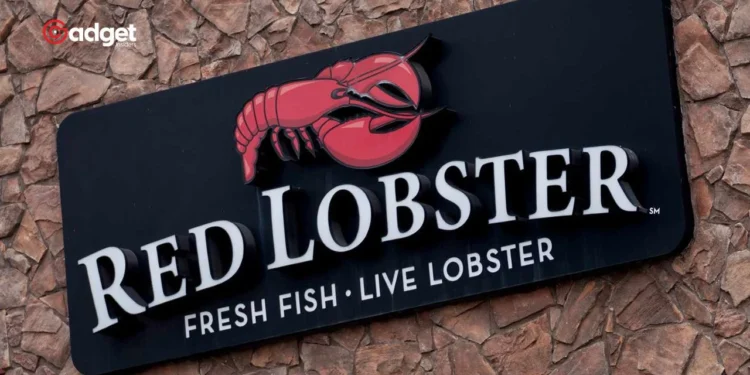In recent years, the American restaurant industry has faced a series of unprecedented challenges. From the global pandemic to soaring inflation rates, these obstacles have pushed some of the most recognizable chains to their limits.
This week, Red Lobster, a giant in the seafood dining sector, has succumbed to these pressures, filing for bankruptcy and closing doors across the nation. However, Red Lobster isn’t alone in this unfortunate downturn. Let’s dive into the cascade of closures and financial struggles shaking the foundational icons of American dining.

Red Lobster’s Downfall: A Sign of Bigger Industry Issues?
Red Lobster’s announcement on Monday marked a significant moment, revealing the vulnerability of even the largest players in the food industry. The company closed 99 restaurants in 27 states, which followed an auction of equipment and fixtures from these locations.
Critics have cited poor management decisions and overly ambitious promotions like the “endless shrimp” deals as primary factors in its downfall. This closure not only affects the landscape of American seafood dining but also signals potential trouble for similar establishments across the country.
The Ripple Effect: Other Chains Facing Crisis
Clover Food Lab’s Faltering Hope
Clover Food Lab, once a burgeoning name in the Boston plant-based dining scene, also found itself filing for bankruptcy in November. Founded in 2008, the chain was known for its innovative approach to fast casual dining, focusing on fresh, seasonal ingredients. Despite the initial success and expansion plans that boasted nearly 50 new locations by 2029, the pandemic severely disrupted its operations, leading to a drastic decline in sales.

Oberweis Dairy’s Quest for Recovery
April also saw Oberweis Dairy, an Illinois-based chain known for its premium milk and ice cream, declare bankruptcy. A lack of investment in production capacity was cited as a key issue.
However, unlike many others, Oberweis might see a happier ending. The chain recently found a buyer in Dutch Farms, another dairy giant from Illinois, which could signify a new chapter for the beloved dairy brand.
Etta Collective and Tijuana Flats Struggle to Stay Afloat
Other chains like the Etta Collective and Tijuana Flats have similarly faced hardships. Etta Collective, known for its Italian-themed restaurants, began closing locations earlier in the year after a failed attempt to restructure its finances. Meanwhile, Tijuana Flats, a popular Tex-Mex chain, is closing 11 of its locations in the face of mounting costs and menu changes that failed to resonate with its customer base.
Restaurant Chains in Turmoil: Cracker Barrel & Boston Market
The distress signals from Red Lobster and these other chains are not isolated incidents but part of a broader trend affecting the restaurant industry at large. Chains like Cracker Barrel and Boston Market are also navigating through tumultuous times, with declining foot traffic and mounting lawsuits. Cracker Barrel, for instance, reported a consistent drop in visitors over the last five quarters and is now undertaking a $700 million brand overhaul in hopes of reversing the tide.
Cracker Barrel, for instance, reported a consistent drop in visitors over the last five quarters and is now undertaking a $700 million brand overhaul in hopes of reversing the tide.
Similarly, Boston Market has seen a dramatic decrease in its operational footprint, plummeting from 300 to just 79 open locations within a year. The company is now removing buy-in requirements for franchisees in a desperate bid to boost growth and stabilize its operations.

Conclusion: An Industry at a Crossroads
As we observe these developments, it’s clear that the American restaurant industry stands at a critical juncture. The next few years will be crucial in determining whether these familiar brands can adapt and survive in a rapidly changing economic landscape.
Strategies like brand revamps, managerial shifts, and menu innovations will likely play pivotal roles in their survival. However, as the industry evolves, only time will tell which of these beloved chains will manage to thrive and which will succumb to the rising tides of change.










